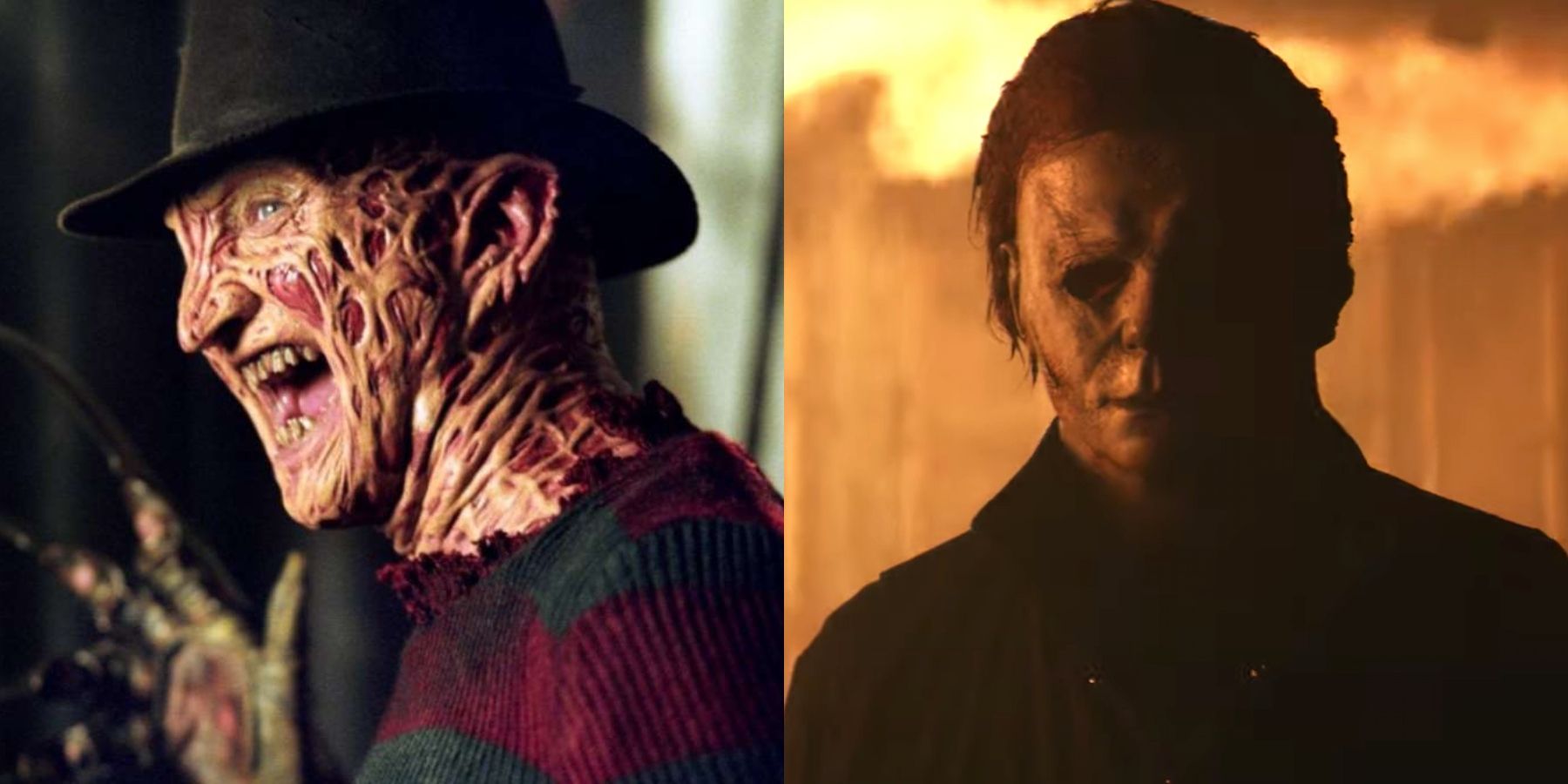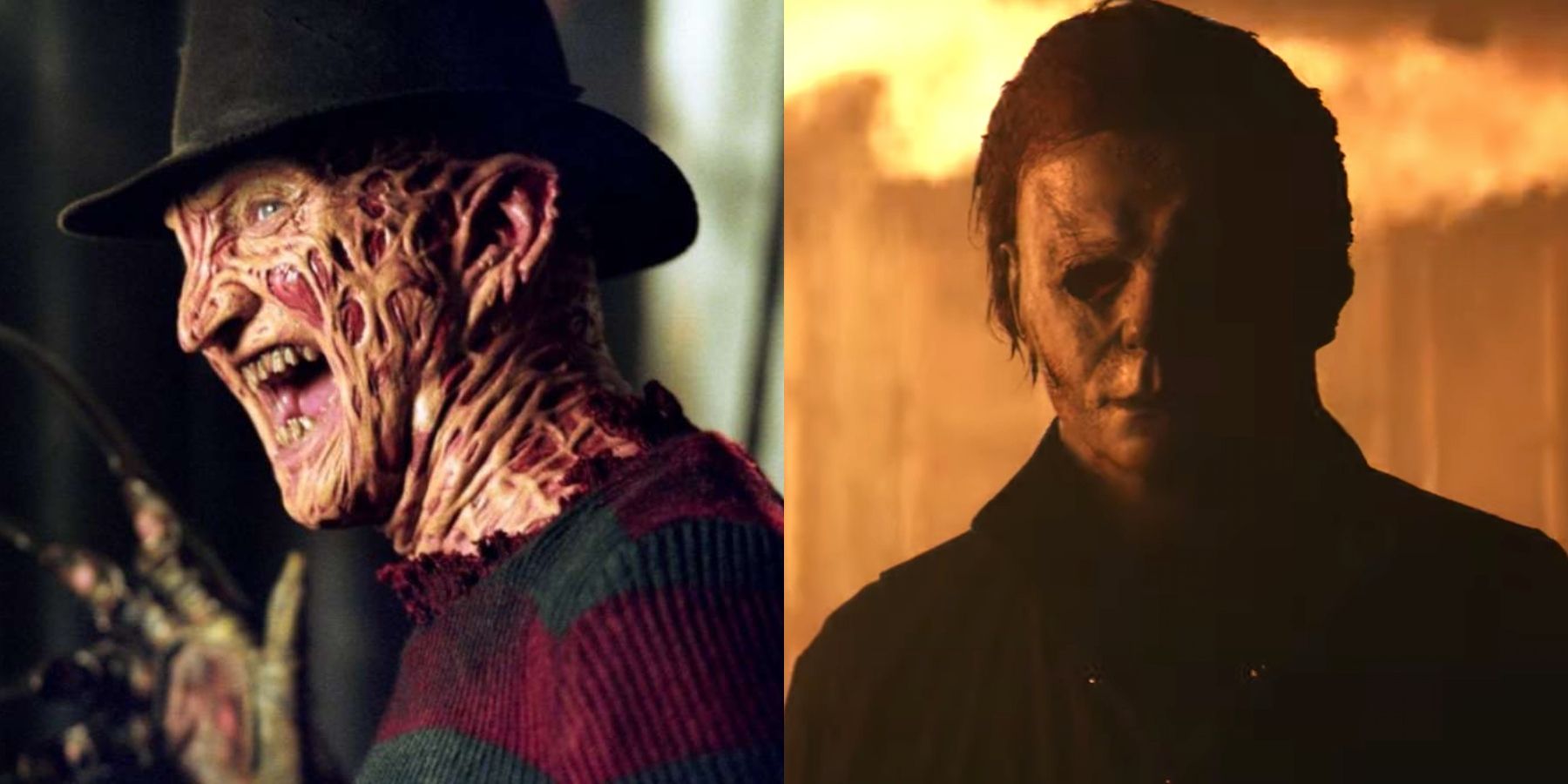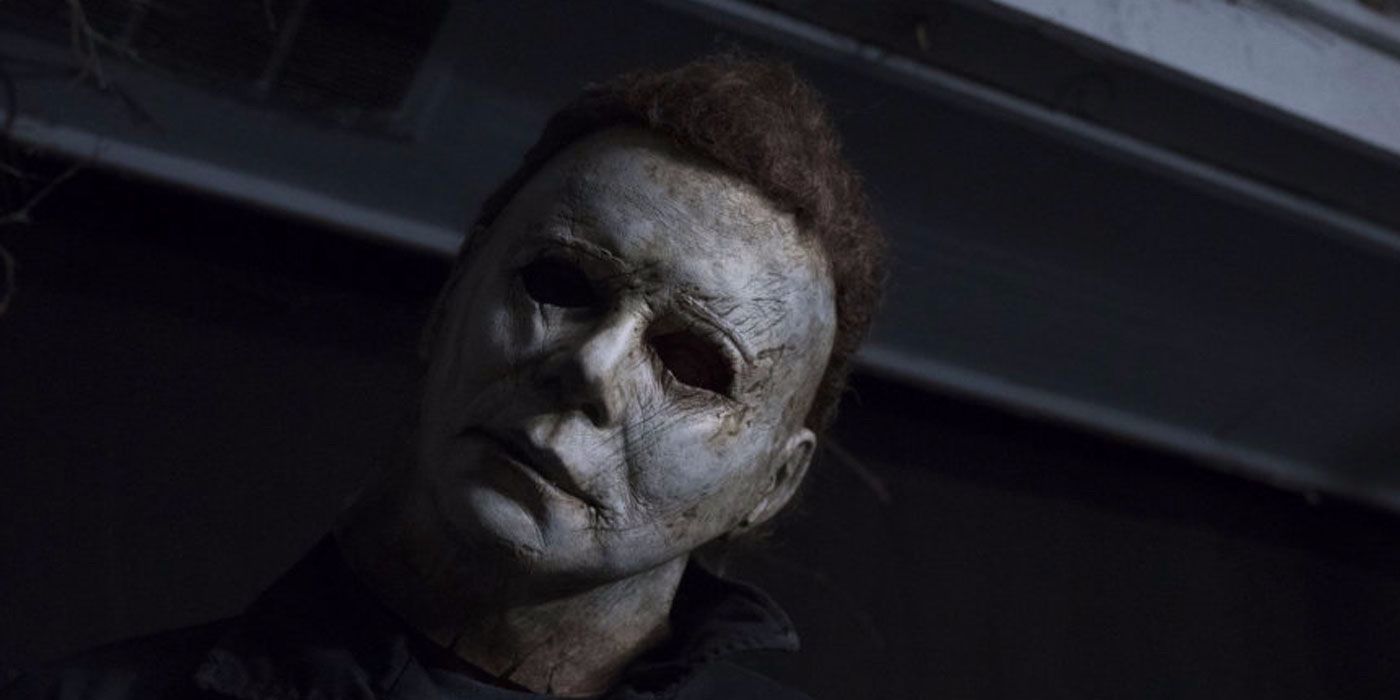

The halcyon days of the slasher film are long gone, but its greatest icons live on in the cultural memory, becoming some of the best-known recurring characters in cinema. The lone survivor of the slasher craze is Halloween, thanks largely to a top-down reboot, a technique that could also breathe new life into the badly burned corpse of the Nightmare On Elm Street franchise.
The Halloween franchise is currently in the midst of its 3rd reboot series, starting in 2018 and ongoing to this day, which completely revitalized the decades-old idea. The reboot trashed the tangled web of continuity and backstory that weighed down Michael Myers, starting anew with nothing but the slasher and the final girl.
RELATED: This Indie Horror Movie Is Basically 'The Thing' At An Airbnb
One of the biggest downfalls of the slasher genre was its shameless sequels, series routinely reached into six and seven entries, almost always with a precipitous drop in quality. Prolonging a film franchise to the length of seasons of TV necessitates some dodgy choices and results in titanic amounts of baggage for a series. A full rewatch of any slasher series would leave a viewer with dozens of plot holes and retcons that drag the series down as a whole. Choosing to shed that baggage and move forward with the basic elements of the first film intact allows a franchise to grow beyond the constraints put on over the years without having to excuse plot holes. Halloween did this brilliantly, and A Nightmare On Elm Street could benefit from the same treatment.

There have been 9 Nightmare On Elm Street films, a television series, and many comics, video games, and novels since Wes Craven's original in 1984. The central narrative sees teenagers terrorized by a sadistic serial killer named Freddy Krueger, capable of attacking his prey within their dreams. The most recent release was in 2010, a remake by the much-maligned Platinum Dunes production studio. The remake, like most, was heavily panned and has left the franchise quiet ever since. The approach favored by the modern Halloween films would see the Nightmare films begin just after the shocking ending of the first film, ditching the continuity of the other 8, rather than remaking the first as Platinum Dunes attempted to do. Surprisingly, the perfect set-up for this reboot already exists in the franchise.
Freddy Vs. Jason released in 2003 to substantial fanfare, becoming the second most successful film in the Nightmare franchise. The film centers around the town of Springwood, where local teens have forgotten the horror they once felt for Freddy Krueger, robbing him of his power. The youth of the town begin to remember Freddy, thanks to his use of Friday The 13th slasher icon Jason Voorhees, granting him the ability to continue his reign of terror. The film depicts the drastic methods that the town elders use to keep Freddy back, institutionalizing and drugging any that happen to hear of him, creating a culture of secrecy. A new reboot could easily explain the decades that have passed by using this plot conceit, no related killings have occurred because the town has successfully forgotten Freddy, but the local youth have started to remember, and a new wave of killings is on the horizon.
Slasher movies, like all stories, are more fun when they're about something, and while the original focused heavily on issues of sex and puberty, a reboot could take on new themes. The idea of memory, concepts coming back with foggy resemblance, and older generations with completely different views on issues, all give the impression of a story about nostalgia. When reintroducing a concept, filmmakers gain the ability to use existing iconography to explore new themes. Freddy is a character who was terrifying at his introduction, but gradually became sillier as the films went on. Cultural memory has literally taken the fear from him in the real world, so using that as the main plot thread could be an inspired piece of meta-commentary. Perhaps instead of institutionalizing those who remember Freddy, people could remember him as a bad joke, forcing him to try to reclaim his place as an icon of horror on and off-screen.
A Nightmare On Elm Street is one of the most creative slasher films on the market, while his contemporaries Jason and Michael wordlessly stabbed their way through teens, Freddy's methods were a little more fun. Freddy favored a leather glove fitted with razors, attacked his prey in their dreams and crafted intricate terrors to torment each target with their deepest fears. Freddy, portrayed by Robert Englund, told jokes and constantly mocked the people he killed. His personality was electric, a special kind of horror buoyed with a sense of genuine joy as he approaches his grim goals. The most memorable moments of the franchise were the eponymous nightmares, trippy, ephemeral hell-scapes which used practical effects to achieve bizarre feats. The modern incarnation would allow for a new world of nightmare scenes, and an appropriately creative filmmaker could create something deeply disturbing.
Like Halloween, the Nightmare On Elm Street films started so strong and fell so far, but in those decades, so much has been learned. Freddy Krueger could become an immensely powerful force in the horror film world if allowed to bring the story back to the basics that worked.
MORE: John Carpenter's Only Stephen King Adaptation Is Horror Perfection

